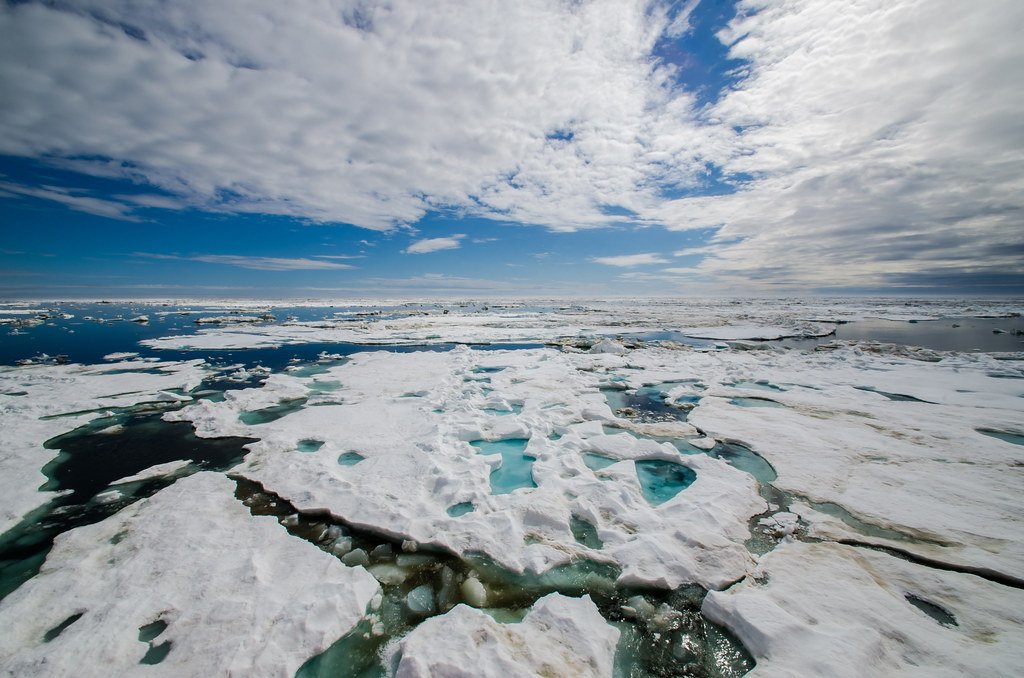Picture this: Arctic ice that seems barren on the surface holds secret worlds teeming with life. Recent scientific breakthroughs reveal how melting polar ice isn’t just destroying ecosystems, it’s also birthing entirely new ones. Think of it as nature’s biggest plot twist happening right before our eyes.
Melting Arctic ice is revealing a hidden world of nitrogen-fixing bacteria beneath the surface. These microbes, not the usual cyanobacteria, enrich the ocean with nitrogen, fueling algae growth that supports the entire marine food chain. This discovery challenges everything we thought we knew about polar waters and their ability to support life.
You’re about to discover how ice melts are unlocking microscopic powerhouses, creating marine highways, and transforming desolate waters into bustling underwater metropolises. From bacteria breaking scientific rules to whales finding new dinner tables, these hidden ecosystems might just be the ocean’s greatest surprise. So let’s get started.
The Nitrogen Revolution Beneath Arctic Ice
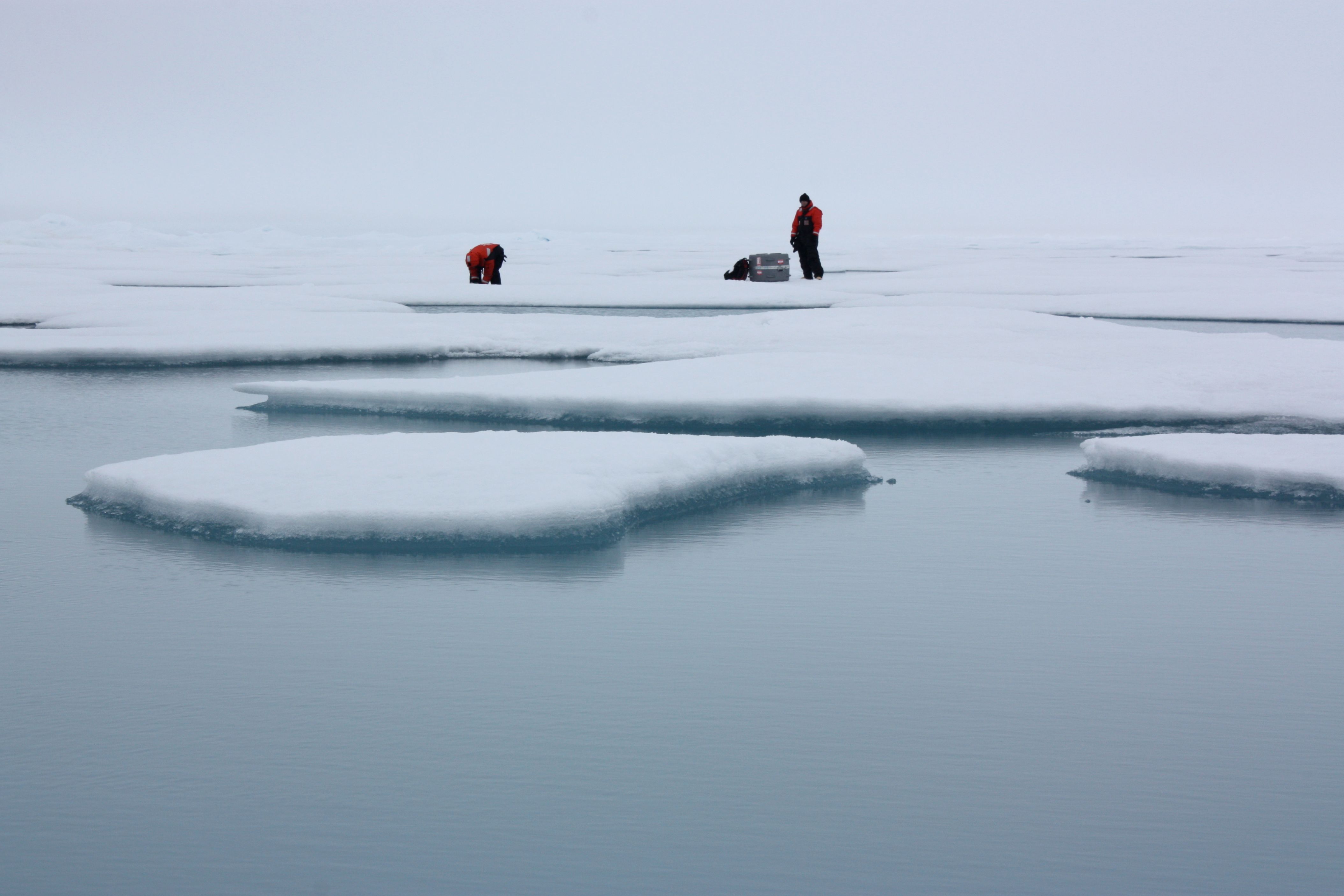
Scientists thought they had Arctic waters figured out until recently. Until now, it was believed that nitrogen fixation could not take place under the sea ice because it was assumed that the living conditions for the organisms that perform nitrogen fixation were too poor. We were wrong. This shocking revelation came from researchers who discovered bacterial communities thriving in conditions previously considered impossible for life.
For decades, researchers believed that the Arctic’s frozen, cold waters had nearly zero fixation of nitrogen, which is the process by which certain microbes can convert nitrogen gas into forms that other animals can use. But an international study led by researchers at the University of Copenhagen turned that idea on its head. These nitrogen-fixing bacteria operate completely differently from their warmer water cousins, representing an entirely new branch of Arctic life.
The implications stretch far beyond simple bacterial discovery. Nitrogen is one of the most crucial drivers of marine ecosystem productivity. The discovery that Arctic microorganisms fix nitrogen in the presence of sea ice destroys the long-standing assumption that nitrogen addition in the region is minimal.
Microscopic Cities in Brine Channels
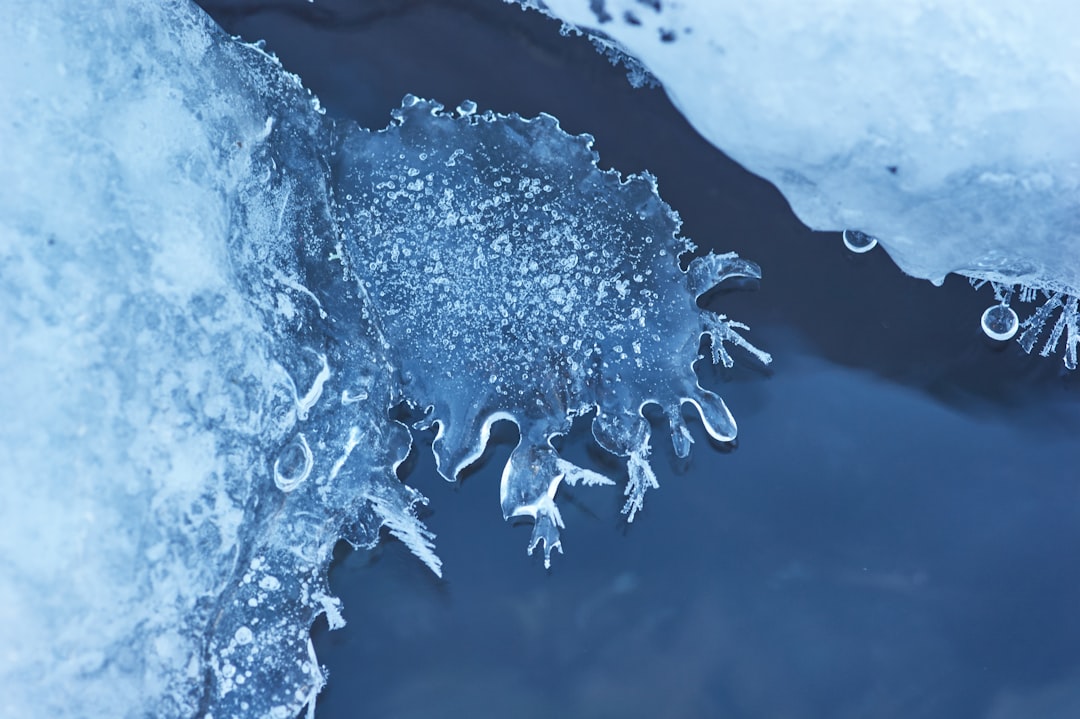
Sea ice isn’t solid like you might imagine. Instead, it’s riddled with tiny channels filled with super-salty brine. The ice-specific ecosystem includes bacteria, viruses, unicellular algae, diatom chains, worms and crustaceans. Sea ice, especially during the sunlit seasons, serves as habitat for an ice-specific food web (sympagic foodweb) that includes bacteria, viruses, unicellular algae, which often form chains and filaments, and invertebrates sufficiently small to traverse the brine network.
These microscopic corridors function like underwater highways connecting vast communities of life. Small forms known as “sea-ice meiofauna” inhabit brine channels and cavities within the sea-ice matrix. Sea-ice meiofauna comprises a diverse species community, covering many clades of the taxonomic tree of marine life, including ciliates, foraminiferans, flatworms, rotifers, nematodes, copepods, cnidarians, and gastropods. Think of these channels as apartment complexes where hundreds of different species coexist in spaces smaller than your pinky nail.
When temperatures drop, these creatures don’t just survive, they adapt in remarkable ways. As temperatures drop, the cells produce cryoprotectants, like antifreeze, to prevent their cellular fluid from crystallizing. Many of the most common cryoprotectant molecules were the same across different microbial lifeforms.
Polynyas: Arctic Oases That Never Sleep
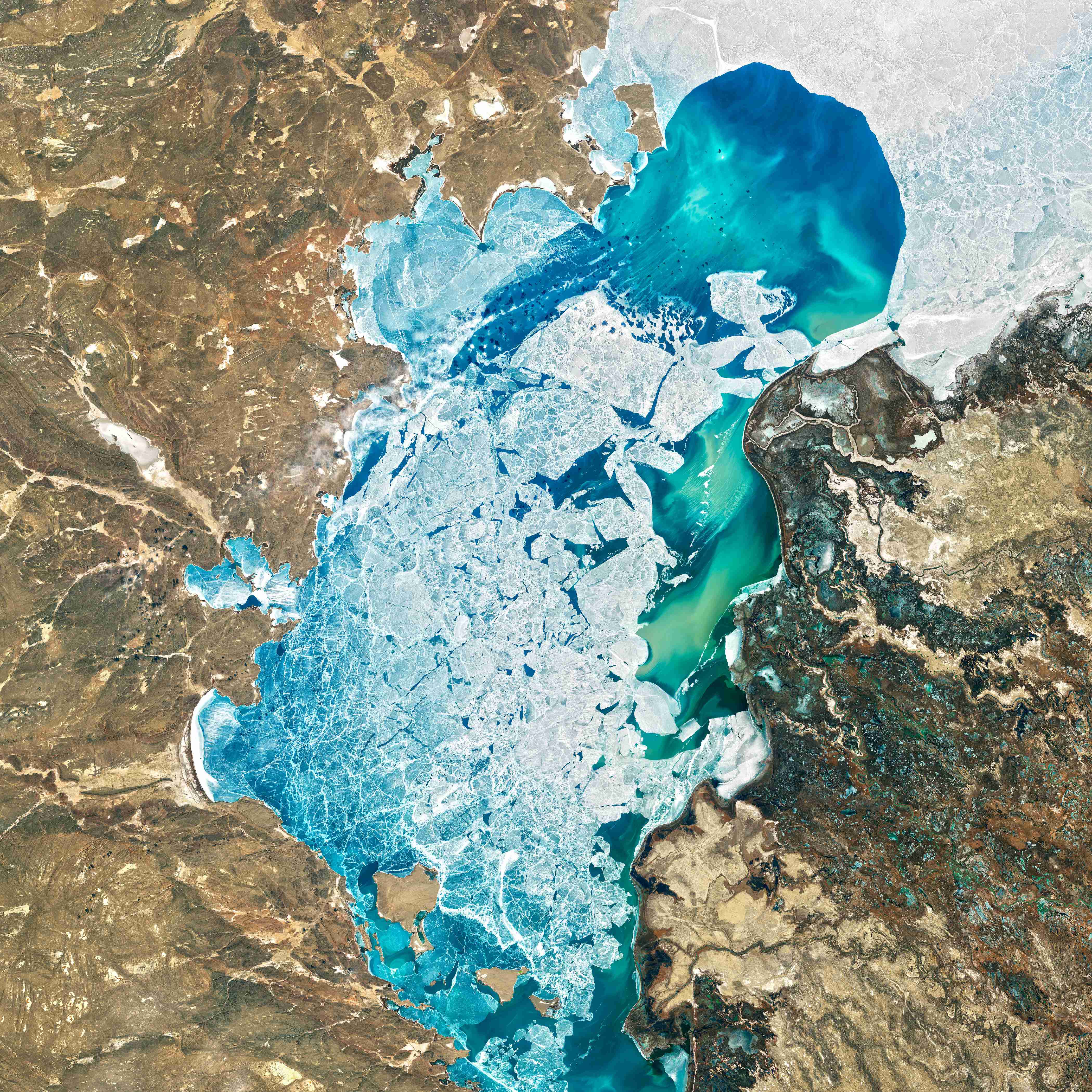
Among the most stunning hidden ecosystems are polynyas, which are like desert oases but in reverse. Polynyas are much more than holes in the ice. They are authentic hotspots of life in the midst of frozen landscapes, serving as refuges for various marine species. These natural windows in sea ice act as 24/7 life support systems for creatures that would otherwise perish.
Arctic polynyas support a significant ecosystem as the source of plankton, krill, and cod, and large colonies of arctic birds (including murres, kittiwakes, black guillemots, and Ross’s gulls) breed nearby. Many marine mammals (walruses, seals, whales, and polar bears) also depend on the polynyas as feeding grounds and overwintering areas. Imagine entire cities of marine life clustering around these ice windows like moths to a flame.
The scale of life concentration in polynyas defies belief. The North Water Polynya is a haven for millions of seabirds. Globally significant populations of thick-billed murres breed at coastal colonies located adjacent to the North Water Polynya and rely on it as a source of open water for feeding during the early breeding season.
Ice Algae: The Unsung Heroes of Polar Seas

Hidden within ice crystals lives a group of organisms so perfectly adapted to harsh conditions they make survival experts look like amateurs. Arctic sea ice algae are among the best-adapted organisms on the planet to photosynthesise in low light levels, enabling them to survive in places where little else can grow. These microscopic plants can photosynthesize using less than one percent of normal sunlight.
Algae in particular dominate the sympagic environment, with estimates of more than 1000 unicellular eukaryotes found to associate with sea ice in the Arctic. Algae in particular dominate the sympagic environment, with estimates of more than 1000 unicellular eukaryotes found to associate with sea ice in the Arctic. This diversity rivals tropical rainforests, yet most people have never heard of these polar powerhouses.
The secret to their success lies in remarkable adaptations. Some sea ice algae species secrete ice-binding proteins (IBP) as a gelatinous extracellular polymeric substance (EPS) to protect cell membranes from damage from ice crystal growth and freeze thaw cycles. EPS alters the microstructure of the ice and creates further habitat for future blooms. They essentially engineer their own living spaces.
The Great Ice Edge Buffet
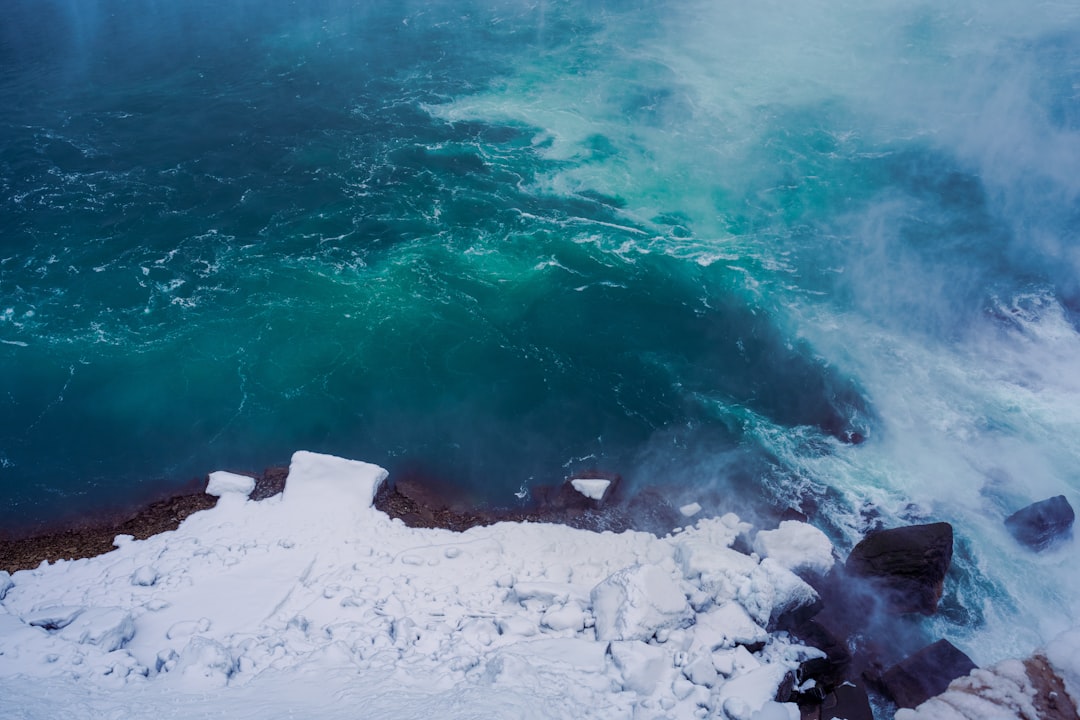
Where ice meets open water, something magical happens. Conventional wisdom held that phytoplankton blooms could only occur in open water, but in 2010, a NASA-sponsored mission, Impacts of Climate on EcoSystems and Chemistry of the Arctic Pacific Environment (ICESCAPE), discovered a massive bloom in the Chukchi Sea, under a layer of Arctic ice. These discoveries shattered decades of scientific assumptions.
The researchers found the highest nitrogen fixation rates along the ice edge – where melting is most intense. While these bacteria can operate beneath the ice, they flourish along the melting boundary. This creates a moving feast that follows the ice edge like a traveling restaurant serving microscopic customers.
As ice melts, it releases stored nutrients like opening a deep freeze full of food. At the peak of ice-algal production in spring, the solid ice cover transforms into pack ice with individual floes that transport organisms, sediment and, unfortunately, man-made pollutants over thousands of kilometers before they melt and discharge their contents into the water. As the ice melts in summer, this material releases into the water column, where it contributes to the vertical flux of material that fuels both pelagic and benthic food webs.
Deep Ocean Gardens Nobody Expected
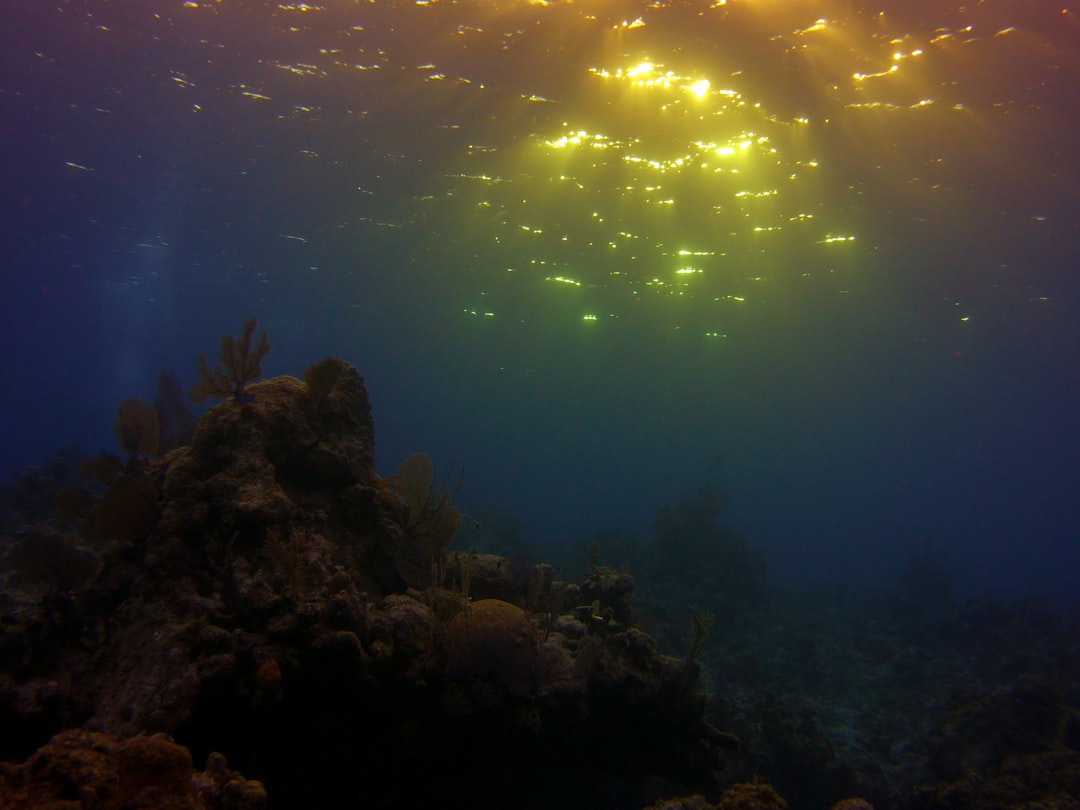
While everyone focuses on surface changes, the deep ocean quietly hosts its own revolution. With the ice removed, sunlight can penetrate deeper into the water, remodeling the entire marine food web from bacteria to large sea animals. With the ice removed, sunlight can penetrate deeper into the water, remodeling the entire marine food web from bacteria to large sea animals. This creates underwater gardens in places that were once perpetual darkness.
Algae form the base of most ocean ecosystems, but they depend on nitrogen to grow – and nitrogen is scarce in Arctic waters. Now, an international team led by the University of Copenhagen has discovered that more nitrogen may become available than scientists once believed. This shift could reshape the future of marine life in the region and influence how much carbon the ocean can absorb.
The transformation happens faster than anyone imagined. Rising temperatures are melting the ice that covers the Arctic Ocean, allowing sunlight into waters that have been dark for thousands of years. Previously barren ice-covered regions are being transformed into productive seas. Previously barren ice-covered regions are being transformed into productive seas.
The Crustacean Highway System
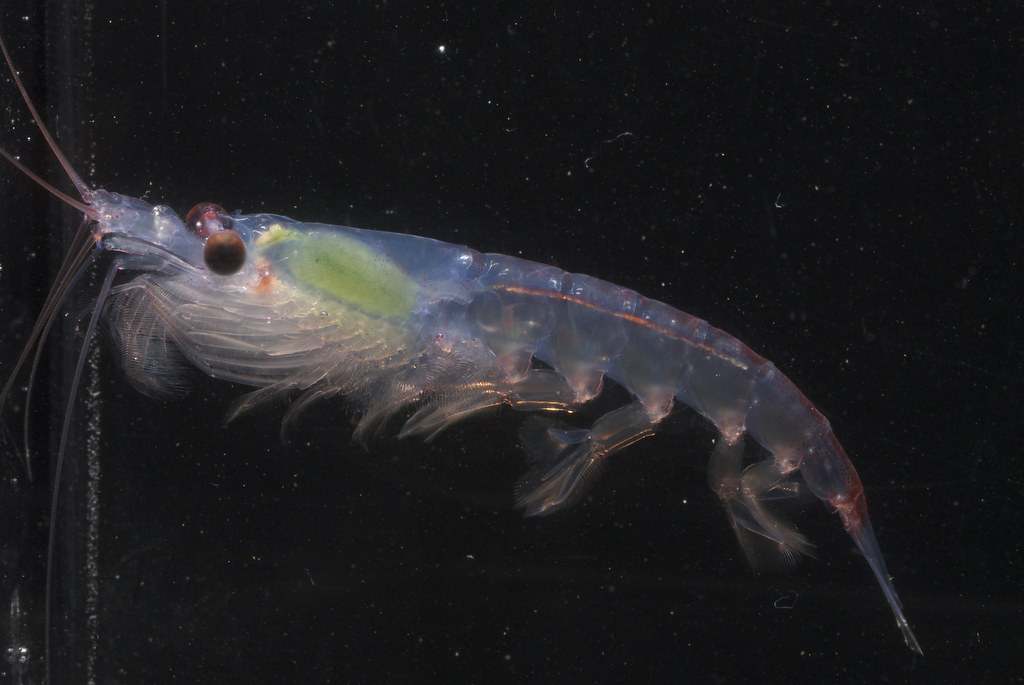
Tiny crustaceans create one of the most important hidden ecosystems by connecting ice-bound life to open ocean communities. Animals that lived beneath the sea ice got a lot of their energy – sometimes described in terms of carbon (an ingredient in everything they eat) – from ice algae. Indeed, 60 to 90 percent of their meals had consisted of the algae. But even pelagic species “showed a significant dependency” on ice algae, notes Kolbach. Those animals got 20 to 50 percent of their dietary energy from algae that had been embedded in sea ice.
These small creatures act like biological conveyor belts, transferring energy from ice communities to open water ecosystems. Through these diverse food sources, krill larvae depend critically on ice algae-produced carbon during winter, and even after sea ice has melted in summer, krill can benefit from sea-ice derived production. This creates an invisible web connecting supposedly separate marine worlds.
The impact reaches far beyond tiny crustaceans. There are diverse communities of animals such as sponges, crabs and worms that live on the sea floor which can feed directly on this resource throughout the year. Other animals, like diving seabirds, walruses and seals, then eat those animals, providing this year-round transfer of sea ice carbon into the food web to fuel the ecosystem.
Underwater Real Estate Boom
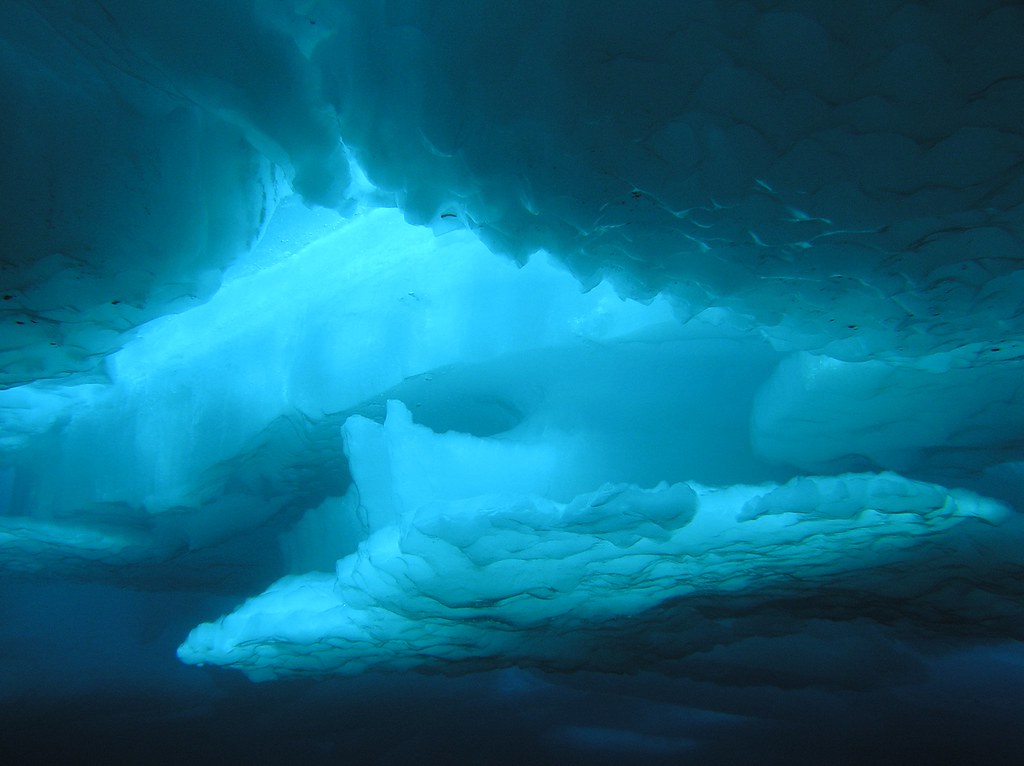
Sea ice creates and destroys habitat in cycles that reshape entire seafloor communities. Finally, the benthic community on the seafloor under ice that forms in shallow water is affected by ice formation and melting. Thick ice can fasten to or scrape along the seafloor, often completely shearing off all life attached to or utilizing the seafloor. Whenever this removal occurs, new communities of potentially different species are able to begin to form. In this manner, the sea ice drives an ongoing cycle between young and mature marine communities on the seafloor.
This might sound destructive, but it’s actually nature’s urban renewal program. When ice scrapes away old communities, it creates blank slates for new ones. Forming a variety of dynamic ecosystems that change with the season, sea ice serves as the foundation of multiple, unique, but overlapping marine communities. Sea ice creates a unique ecosystem that supports millions of plants and animals, from krill and ice algae to cod and walruses. Both the topside and underside of the ice provide places for animals to hunt, hide, rest, mate, and give birth.
These communities develop complex relationships over time. Different species fill specific niches, creating intricate food webs that can support everything from microscopic bacteria to massive marine mammals.
The Arctic Ocean’s Secret Nurseries
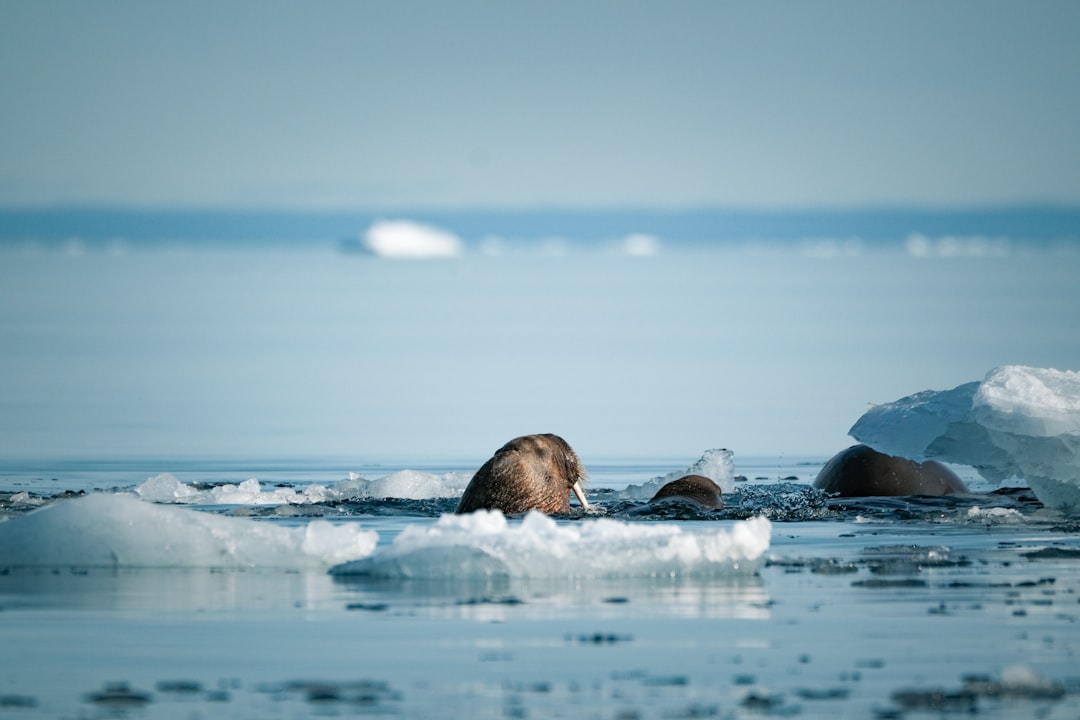
Perhaps the most surprising discovery is how ice-covered waters function as giant nurseries for marine life. Sea ice is critical for polar marine ecosystems in at least two important ways: (1) it provides a habitat for photosynthetic algae and nursery ground for invertebrates and fish during times when the water column does not support phytoplankton growth; and (2) as the ice melts, releasing organisms into the surface water, a shallow mixed layer forms which fosters large ice-edge blooms important to the overall productivity of polar seas.
These nurseries operate year-round, even during the darkest winter months. Contrary to a long-standing paradigm of dormant ecosystems during the long arctic winter, major food web components showed relatively high level of winter activity, well before the spring release of ice algae and subsequent phytoplankton bloom. Life doesn’t hibernate in the Arctic; it just gets more creative.
The timing couldn’t be more perfect for supporting marine food chains. Because of this, ice algae blooms usually occurs before the blooms of pelagic phytoplankton, which require higher light levels and warmer water. Early in the season, prior to the ice melt, sea ice algae constitute an important food source for higher trophic levels.
Climate Change: Destroyer and Creator
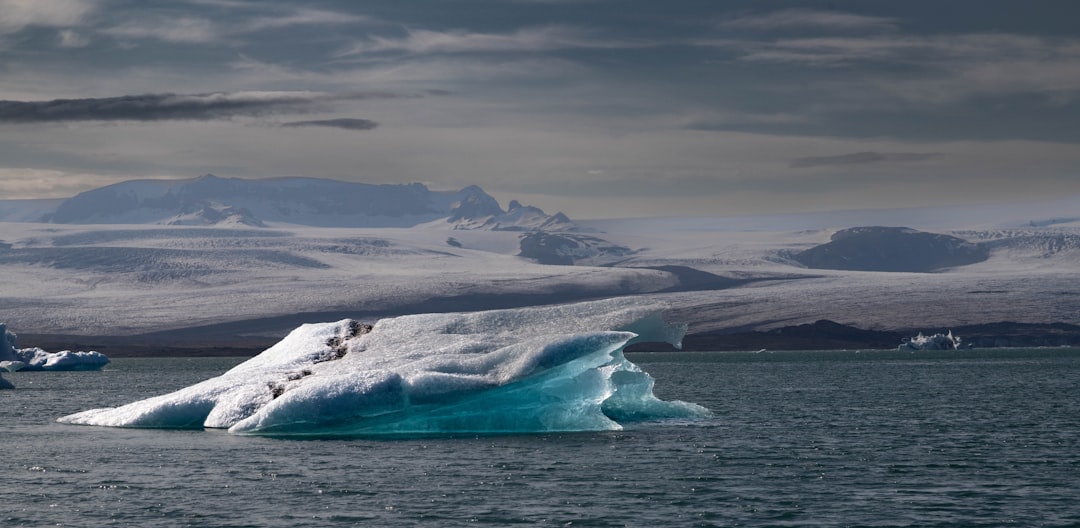
Climate change presents the ultimate paradox for these hidden ecosystems. While it threatens traditional ice habitats, it also creates new opportunities for marine life. As climate change accelerates ice retreat, this expanding melt zone could allow more nitrogen to enter the ecosystem. In other words, the amount of available nitrogen in the Arctic Ocean has likely been underestimated, both today and for future projections.
However, the changes aren’t necessarily positive for all species. In the long term, as the sea ice rapidly melts, we could see fewer algal blooms on shallow shelf systems in the Arctic. Therefore, the loss of sea ice will likely have cascading effects within the food web and impact coastal ecosystem resources on which Indigenous Peoples rely. The ecosystem transformation creates winners and losers.
Some creatures adapt better than others. Research has shown that some phytoplankton communities are changing in areas with less sea ice. Salps are becoming more common, and Antarctic krill are shifting poleward in search of cooler waters and winter sea ice. Nature constantly reshuffles its deck as conditions change.
Conclusion: The Ocean’s Greatest Magic Trick
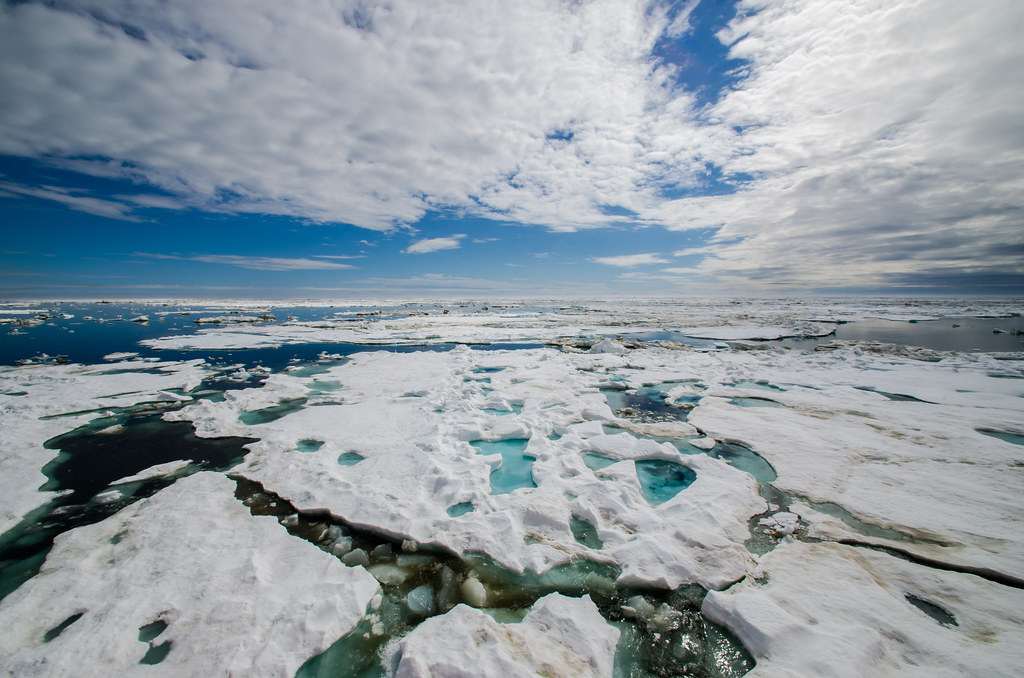
Sea ice melts don’t just destroy ecosystems – they reveal and create hidden worlds that challenge our understanding of life on Earth. From nitrogen-fixing bacteria breaking scientific rules to massive biodiversity hotspots thriving in ice channels smaller than pencil leads, these discoveries prove nature always has more tricks up its sleeve than we imagine.
The Arctic transformation happening before our eyes represents both loss and creation on an epic scale. While traditional ice-dependent species struggle, entirely new communities emerge in the changing waters. These hidden ecosystems remind us that life finds ways to flourish even in the most unlikely places, often right under our noses.
What fascinates you more: the microscopic cities in ice channels or the massive marine highways connecting distant ecosystems? Tell us in the comments what you think about these incredible hidden worlds beneath the ice.

Hi, I’m Andrew, and I come from India. Experienced content specialist with a passion for writing. My forte includes health and wellness, Travel, Animals, and Nature. A nature nomad, I am obsessed with mountains and love high-altitude trekking. I have been on several Himalayan treks in India including the Everest Base Camp in Nepal, a profound experience.

